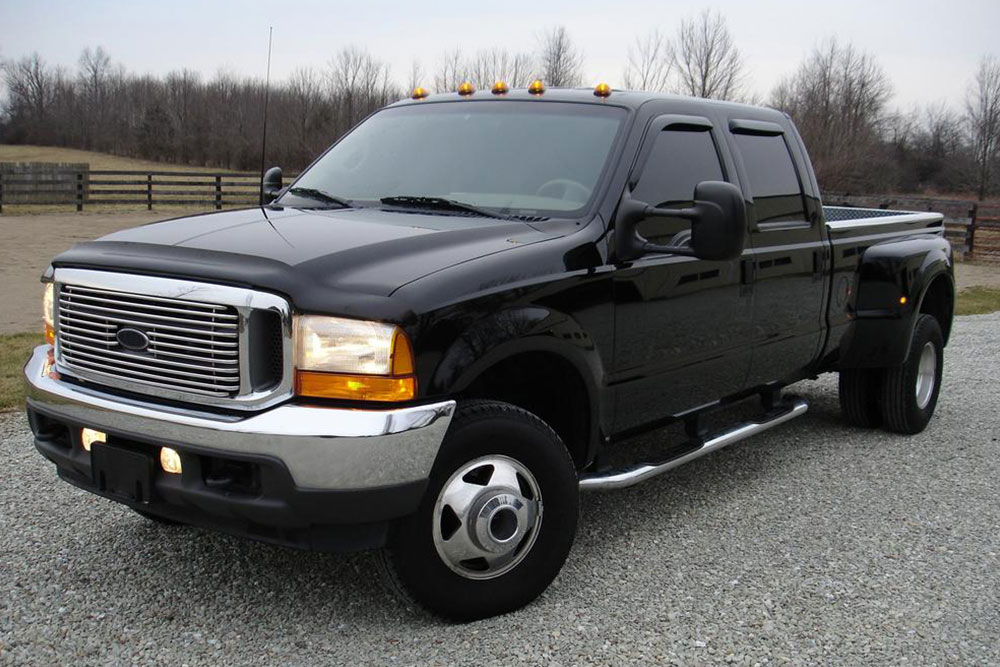Advantages of Choosing an All-Wheel Drive Vehicle
Discover the key benefits of all-wheel drive (AWD) vehicles, including enhanced traction, spacious design, and resale value. Suitable for tough terrains and winter conditions, AWD systems offer safety and performance benefits, though they come with higher costs and fuel consumption. Ideal for snowy regions, AWD ensures security on slippery roads, while milder climates might do well with two-wheel-drive options.

Understanding the Benefits of All-Wheel Drive (AWD) Systems
Let's clarify this: All-Wheel Drive (AWD) vehicles are not suitable for everyone.
AWD systems continuously power all four wheels, enhancing vehicle grip and stability. Unlike 4WD systems, which can switch between two-wheel and four-wheel drive modes, AWD operates permanently. Since their inception in the late 1930s by General Motors, AWD technology has evolved with advanced traction control, electronic systems, and innovative vehicle designs. This has carved out a special niche in the automotive world, especially suited for challenging terrains and adverse weather conditions.
For prospective buyers, weighing the advantages and disadvantages is crucial.
Traction
Pros: Enhanced grip for navigating rough, slippery surfaces—ideal during winter storms and icy conditions. AWD offers added safety and confidence in adverse weather.
Cons: While increased traction helps, it isn't a standalone solution. Quality snow tires and proper suspension are essential for optimal control.
Design and Capacity
Pros: AWD vehicles typically feature spacious interiors, accommodating at least six passengers and their luggage comfortably, with some models fitting up to eight. Designed for durability over tough terrain, they include electronic stability controls to improve handling.
Cons: Heavier weight and complex engineering mean reduced fuel efficiency. AWD models consume more fuel compared to two-wheel-drive counterparts.
Cost and Resale
Pros: AWD vehicles tend to retain higher resale value and are easier to sell, especially in colder regions where they are highly sought after.
Cons: The initial purchase price is higher, with premiums between $1,500 and $3,000. Maintenance costs are also elevated due to their complex mechanics.
In conclusion, if you reside in areas prone to heavy snow and icy roads, an AWD is a wise investment. For milder climates, a two-wheel-drive vehicle may suffice, saving costs without compromising daily driving needs.









